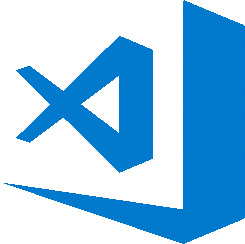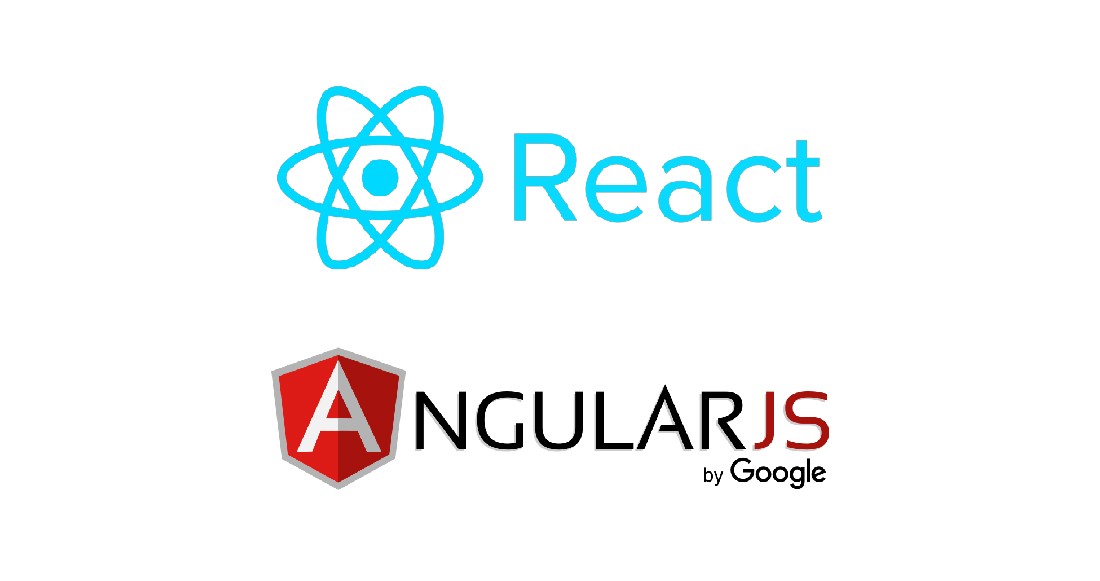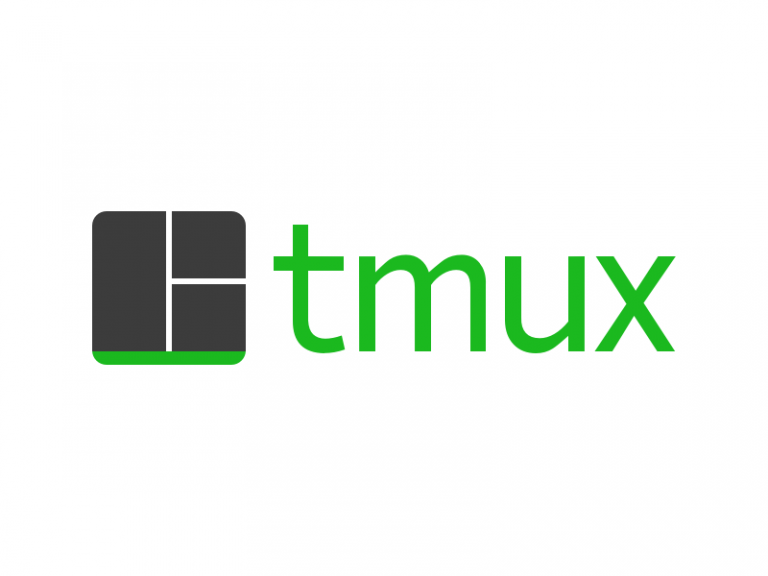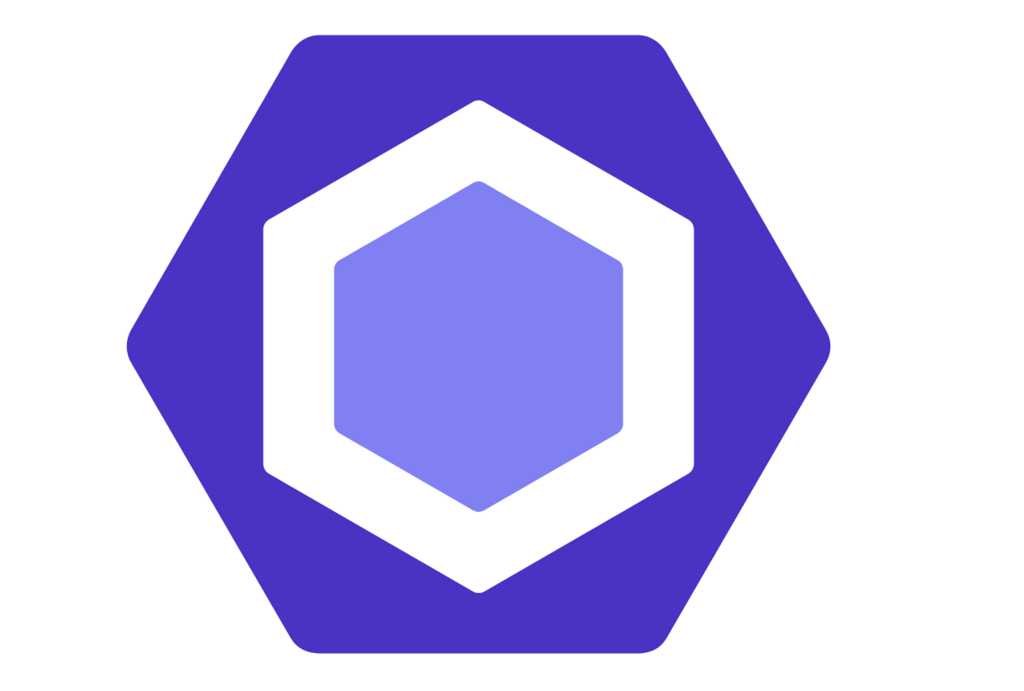The technology industry is always changing. Nothing is static, especially when it comes to development tools, and we see new tools that push capability boundaries constantly. The biggest increase in demand is for full-stack developers and the varied nature of the skills and tools.
Generally speaking, the consensus seems to be that a full stack developer is capable, if not an expert, at both front-end and back-end development. Instead of looking for developers who specialize in one type of development—though they may know the ins and outs of every part of their chosen specialty—many employers are now searching for the jack-of-all-trades of the industry, which just so happens to be full-stack developers.
Since development encompasses such a wide range of actual work, Infolob’s developers have come up with a list of what, in their opinions, are some of the top open-source tools for full-stack development.
1.Github

It’s a no-brainer to kick off the list with GitHub, which is an open-source version control platform that provides a wide range of tools for developers. Using GitHub, developers can host their code all in one place, review it, manage their projects easily, build software, and have access to the GitHub Marketplace, which recommends and provides different tools to suit each developer’s need. There’s a big community on GitHub, which makes collaboration and feedback provision easily handled, and it was also recently acquired by Microsoft, which extends its reach even further. Visit github.com to sign up and start using GitHub.
2.VS Code

Developed by Microsoft, VS Code is a source code editor that’s highly customizable and helps with debugging, code refactoring, built-in Git control, and more. It was ranked #1 in Stack Overflow’s 2018 Developer Survey. VS Code can be downloaded here.
3.Git

Another no-brainer for this list, Git is a version control system that is used by several popular companies, including Google and Facebook. The Git webpage offers a reference manual, book, and videos as resources for those hoping to learn and use it. As is the case with many open source and freely available tools, there is a broad community of developers who use it, and therefore a large amount of experience and resources exist for those who need help. Download Git here and go wild!
4.Gulp

gulp.js is a task manager developed by Fractal Innovations and GitHub and built on Node.js and npm. It helps automate things for web developers and uses node streams to provide builds that save time and energy. The simplicity of gulp makes it an easy and popular choice for developers. The gulp website is located here, and you can also access it through the GitHub site.
5.AngularJS and ReactJS

AngularJS and ReactJS are both JavaScript-based frameworks for developing on the front end. Although they’re two different things developed by different companies (Angular by Google and React by Facebook), they’re included together on this list since they’re both considered front-end development tools written in JavaScript. Keep in mind for tools like Angular and React, usage is going to vary widely based on personal preference and exact criteria of the development project. Angular can be found here and React here.
6.ExpressJS

ExpressJS is a Node.js framework for web applications. It’s described as “minimal and flexible,” and users can get web servers up and running in a matter of minutes. APIs can be created easily and effectively, satisfying the back-end requirements for full-stack development. Get started here!
7.iTerm

iTerm is a customizable terminal emulation program for the Mac OS. It has actually since been placed on hold and replaced with iTerm2, which can be found here. iTerm2 is easy to use and extremely versatile, allowing for a lot of customization and personalization. A few features it contains that add to the ease of use is split panes, allowing you to create as many panes as you want in any arrangement, an autocomplete feature, paste history, instant replay, configurability that allows you to map functions to keys, and many, many more.
8.tmux

Described as a terminal multiplexer, tmux is extremely similar to GNU Screen, another popular multiplexer, but operates under a slightly different license to allow more flexible use. Tmux allows the user to create multiple sessions within one terminal, and unlike GNU Screen, tmux is more easily configured and has several features GNU Screen doesn’t. It doesn’t include the pre-loaded serial and telnet clients that GNU Screen does, nor does it have the same command keys. It does have an autocomplete feature, along with menus for interactive selection and the ability to link a window to a subjective number of sessions. Tmux can be accessed here.
9.Oh My Zsh

Oh My Zsh (https://ohmyz.sh) is an online community that provides a framework that lets you manage your Z shell (Zsh) configuration. Different plugins and themes can be added to it as well for customization. There are over a thousand contributors in the community and a couple of hundred different plugins to choose from, including Heroku, Python, and Django, with almost 150 different themes.
10.Homebrew

A package management software for the macOS, Homebrew was initially written in 2009 as an extensible software. Homebrew is extremely easy to use and allows installing, upgrading, configuring, and removing of computer programs to be managed effectively to reduce or eliminate the need for manual installation and updating. For developers using a Mac computer, Homebrew is a must-have. It can be installed here, and the website also offers a community discussion, analytics data, and documentation.
11.npm

npm stands for Node Package Manager, which is just what it sounds like—a package manager for JavaScript, specifically Node.js. Besides developing on the Node platform, you can use it to download and use different command-line tools. The package manager is recommended in the Node.js installer but can be accessed separately from an npm account here.
12.Electron

Developed by GitHub, Electron is a framework for creating desktop applications by using the front- and back-end components that are normally used for web applications (Node.js and Chromium, to be specific). VS Code, Slack, Skype, and Discord are all some examples of desktop apps that have been developed using the Electron framework. Get started with Electron here!
13.Postman

Postman is an app to help you develop APIs. As their website boasts, over 130 million APIs are generated each month by five million developers, making it a popular tool for all. Postman allows you to both develop your API and test it along with offering tools to assist throughout the entire API lifecycle. The app helps streamline the process and make it more organized than it would be otherwise.
14.ESLint

ESLint is a linter for JavaScript, allowing developers to reduce the number of bugs in their work.It was created out of a need for developers to be able to build their own linting procedures. ESLint lets the user customize rules to fit their needs and every rule can be turned off or on. It’s a highly versatile linter and effectively lets developers find potential problems in their work, as well as use best practices to complete their projects. Get started with it here.
While this is by no means a comprehensive list, these are some of the most popular and powerful tools that full-stack developers can utilize at no cost to them. The open-source community has an incredible amount of talent, and open source tools are constantly being improved quickly and thoroughly since they’re available to the public for no cost.
Whether you’re an aspiring full stack developer or a seasoned veteran, these tools are integral to the job, and for those just starting out, we hope this list has been helpful! Happy developing!
This article was compiled by Infolob’s resident writer, Carson Collins, with help from Edmundo Lopez, one of Infolob’s full-stack developers. They can be reached t carson.collins@infolob.com and edmundo.lopez@infolob.com.





